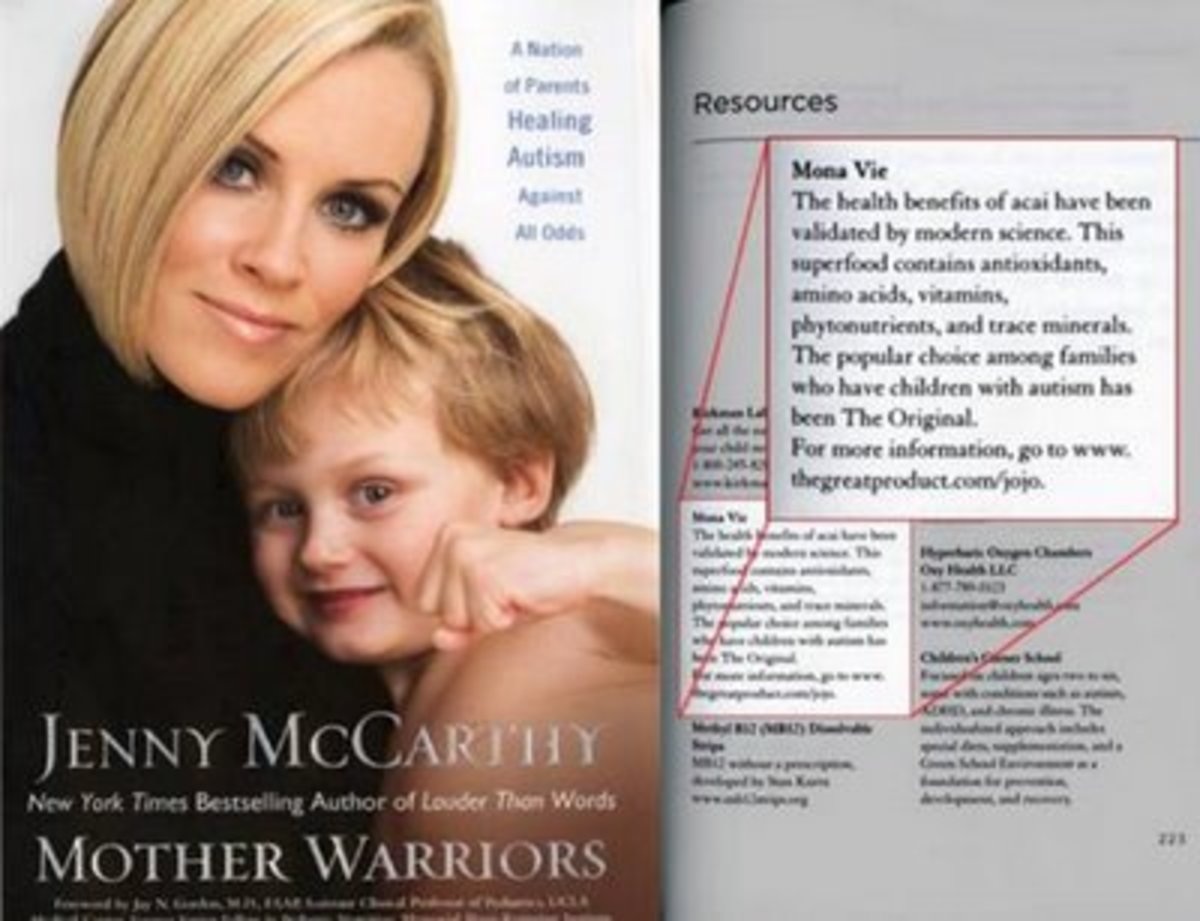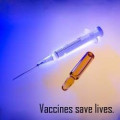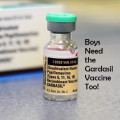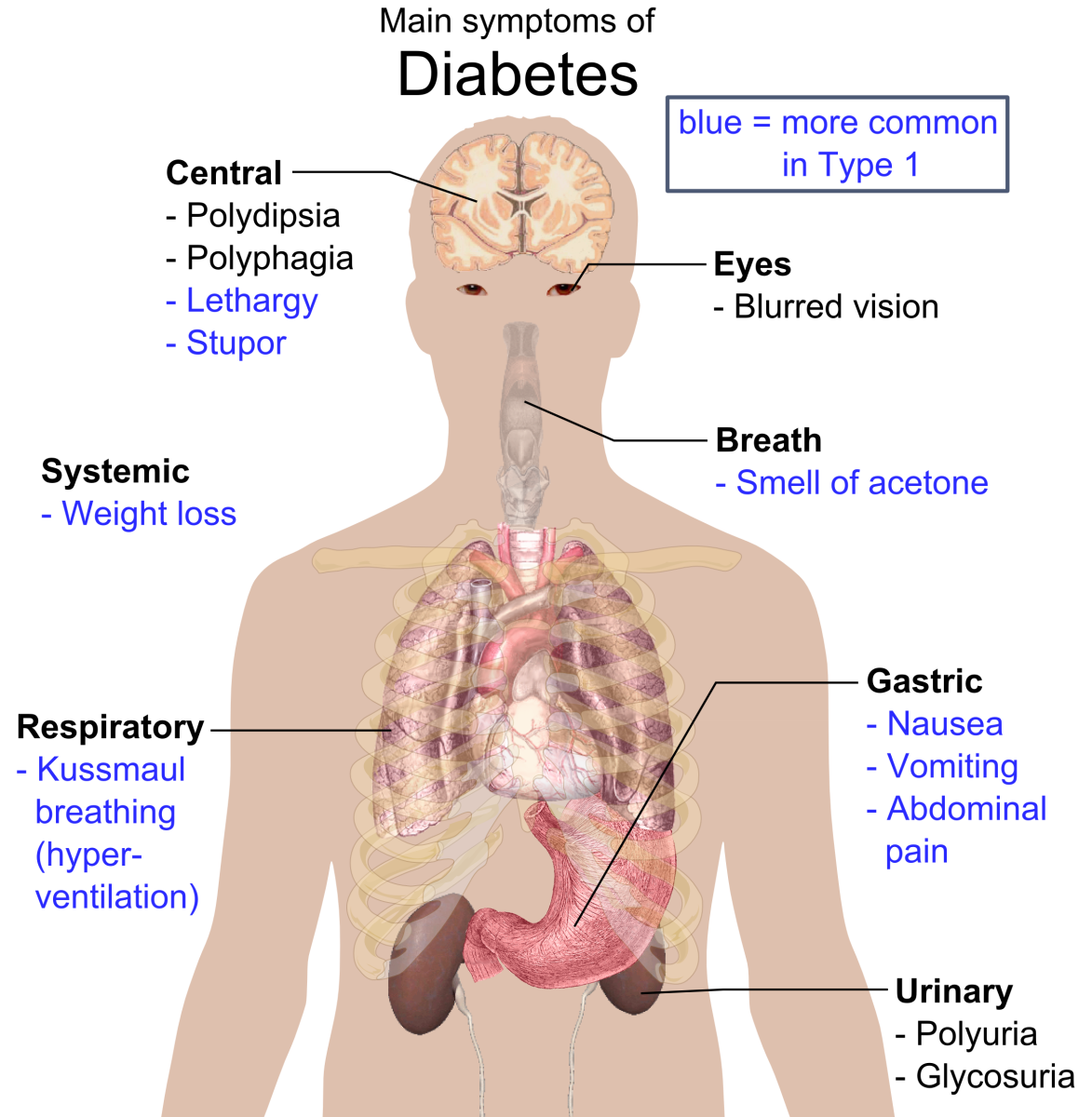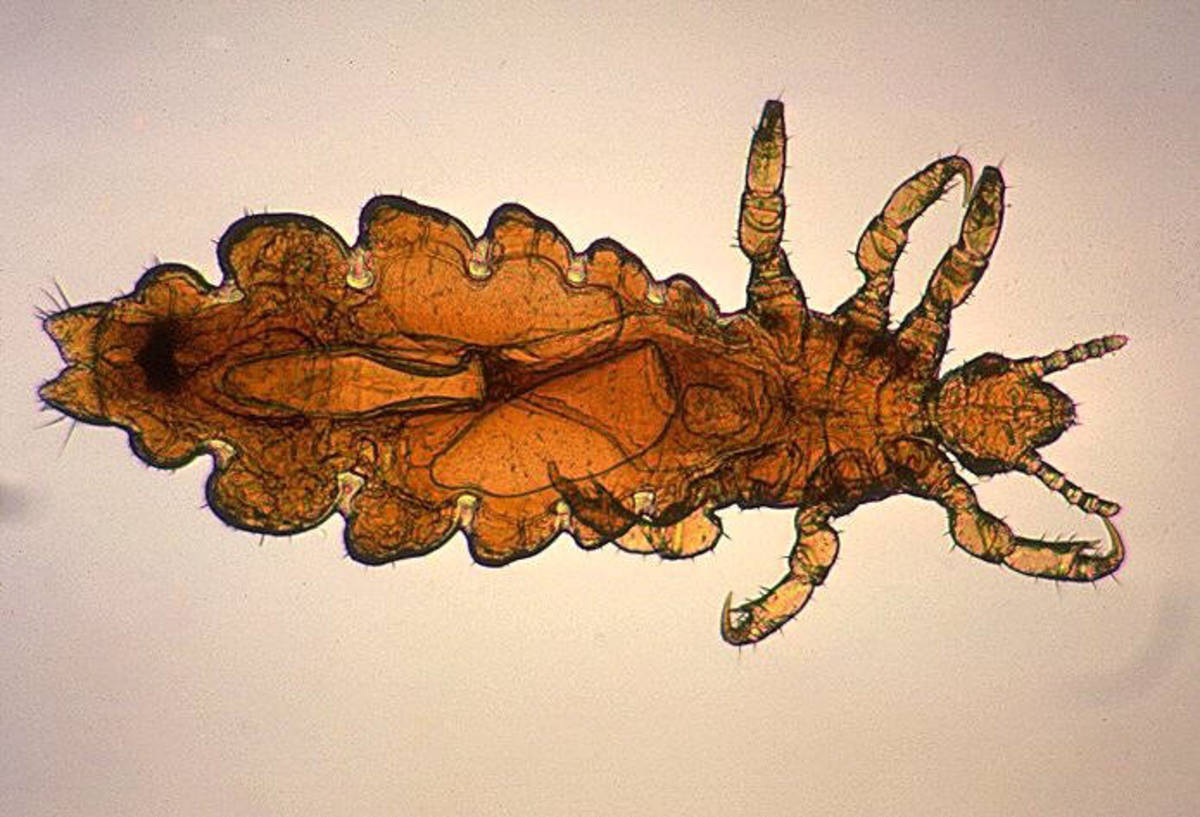Why Vaccinations Are Important for Children
Polio vaccination started in 1957 in Sweden.
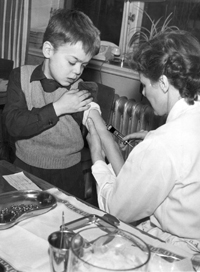
As parents, we are naturally concerned about the health and safety of our children. We install safety gates, child-proof door latches and in our cars we use child safety seats. Illness and death caused by infectious diseases was of immense concern even up to the middle of the last century. Although not as prevalent as in earlier years, outbreaks of disease are still a real concern especially considering the every widening scope of contact due to air travel which brings adults and children into contact with people from areas where disease control measures are not as advanced as here in North America. Vaccinations, especially in children, are an important part of disease control as they protect children now and later as adults by preparing their bodies to attack many potentially deadly and/or life altering diseases.
Effectiveness of Vaccines
One of the greatest achievements of medicine has been that of vaccinations and the implementation of regular vaccine schedules for children and adults. Before the advent of vaccination programs, infectious disease caused the death of thousands of children and adults in the United States and Canada.
- Small pox has been eradicated world-wide and is no longer part of the regular vaccination schedule.
- Haemophilus Influenza type b (Hib) caused among other complications, meningitis and pneumonia in thousands of the 20,000 infected before 1985. In 2002, there were only 34 reported cases of Hib.
- Between 1964 and 1965, there was an outbreak of German measles affecting 12.5 million individuals. 20,000 infants were born with congenital rubella syndrome, 11,600 became deaf, 3580 lost their sight and 1800 became cognitively impaired. By contrast, there were only 9 cases of rubella in 2004.
As a result of high rates of immunization, most of these diseases and others including pertussis, polio and diptheria have declined to near zero.
Types of Vaccines
There are four different types of vaccines categorized by how they are produced:
1. Live attenuated vaccines are created from bacteria or viruses that cannot cause disease because they have been altered.
- They are usually derived from a naturally occurring bacteria or virus.
- Although they can infect people, they do not cause serious disease as they are a 'diluted' form of the pathogen.
- These pathogens are passed through cell cultures repeatedly until over time their disease-causing ability has deteriorated.
- Measles, mumps, rubella, oral Polio vaccine (OPV) are examples of this type of vaccine.
2. Inactivated vaccines cannot cause an infection because the pathogen is killed but they still stimulate the immune response and produce antibodies.
- The pathogens are inactivated using a chemical such as formaldehyde.
- Injected Polio vaccine (IPV) is made this way.
3. Toxoid vaccines treat the harmful toxins of bacteria with heat or chemicals, such as formalin, to destroy the toxicity of the toxin.
- These vaccines do not cause illness.
- They still stimulate the body to create antibodies against the toxin.
- Diptheria and tetanus are toxoid vaccines.
4. Using a part of the bacteria or viruses are the last method of vaccine production.
- These vaccines cannot cause disease.
- The immune system can develop antibodies to the pathogen with only the parts present in the vaccine.
- Four of the newest vaccines produced using this method are Hib, Hepatitis B, Hepatitis A, Pneumococcal Conjugate.
Infant and childhood vaccinations take full advantage of the immune system’s ability to build cell memory for protection against important pathogens likely to be encountered during childhood or later in life. The effectiveness of a child’s immune system is unlikely to be compromised by immunization. Indeed, evidence suggests that insufficient stimulation of the developing immune system by antigens may contribute to the increased incidence of asthma and allergy observed among children.1
Why Childhood Vaccinations are so very Important
- Newborn babies are immune to many diseases due to antibodies they get from their mother through the umbilical chord.
- Babies who are breast fed benefit more and longer from these maternal antibodies.
- These antibodies disappear about a year after birth or a year after breast feeding stops.
- Some diseases, such as whooping cough, do not benefit from maternal antibodies.
- As it takes some time for the infant's immune system to learn efficient response to invaders, unvaccinated children may not be strong enough to fight diseases such as whooping cough, measles and polio which claimed thousands of lives before the advent of vaccinations.
- Immunization is also important in developing 'herd immunity'. As vaccinated individuals are likely to destroy or neutralize disease germs, they are unlikely to transmit germs to others. Thus, the unvaccinated receive a degree of protection from vaccinated individuals. Herd immunity is most effective when at least 95% of the population is vaccinated.
- Some people believe it is better to develop a natural immunity by being affected by the disease. However, most of the illnesses vaccinated against have a high likelihood of causing undue suffering in the form of permanent disability or death.
- Polio caused paralysis in hundreds of children before vaccination was available.
- Brain damage is a very real possibility from measles, Hib meningitis or pertussis (whooping cough).
- A pregnant woman infected with rubella (German measles) runs a risk of delivering a baby with birth defects. Some vaccines provide better immunity than that created by natural exposure.
Centers for Disease Control recommended schedule for immunization.
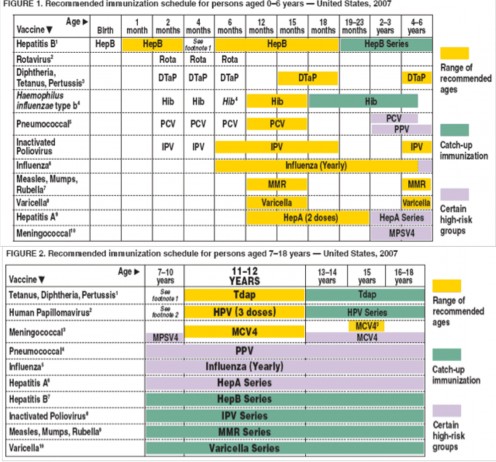
Works Cited
Bjorksten B. Environmental Influence on the Development of Childhood Immunity. Nutrition Reviews 1998;56:5106-12.
How Vaccines Prevent Disease. Vaccines and Immunizations. Department of Health and Human Services: Centers for Disease Control and Prevention. May 11, 2011
Why Immunize? - National Network for Immunization Information. May 11, 2012.
© 2012 Teresa Coppens



